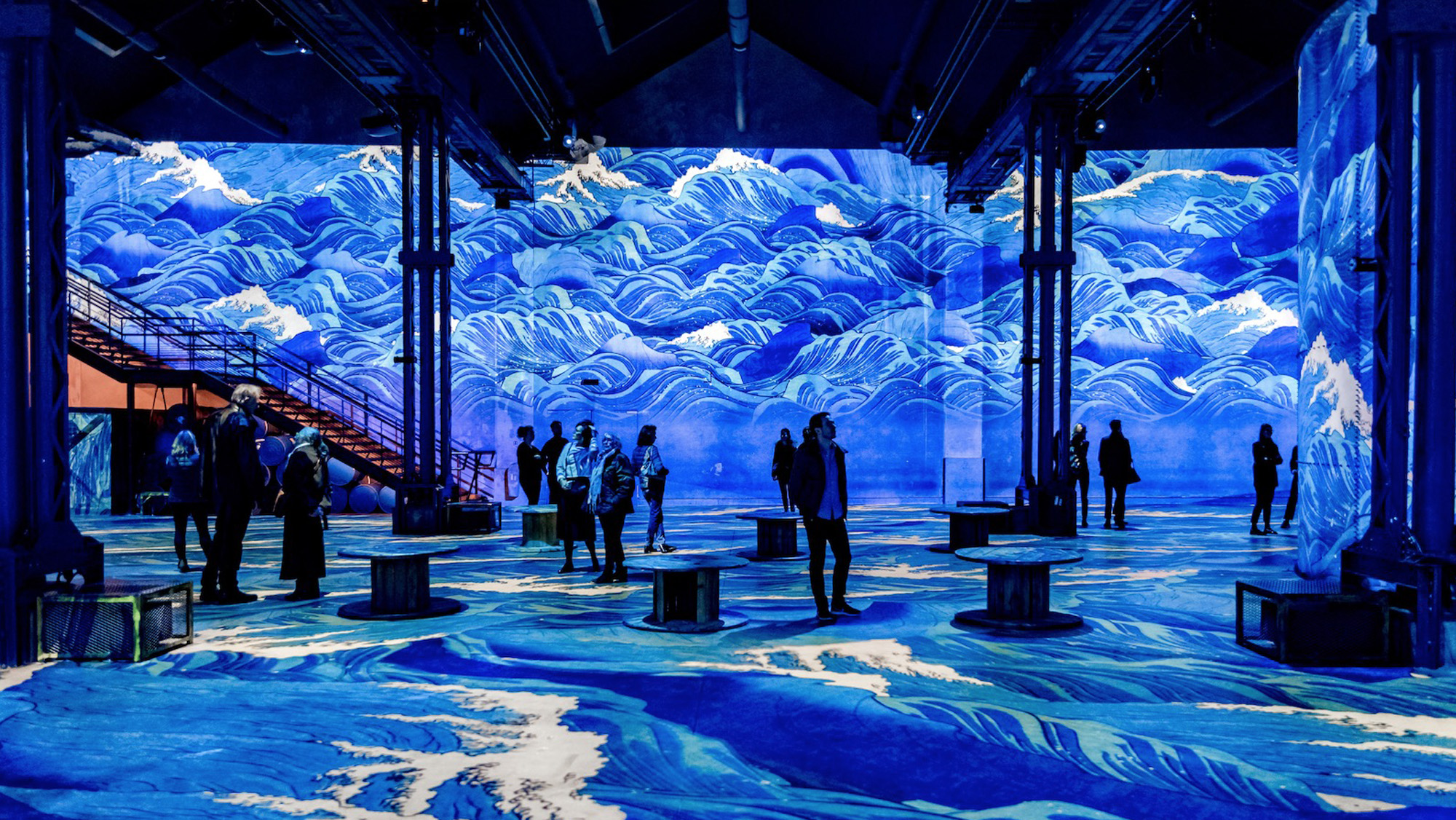
Design Evolution: The Rise of Immersive ExperiencesDesign Evolution: The Rise of Immersive Experiences In the realm of design, the quest for innovation has led to a paradigm shift towards immersive experiences. Immersive design transcends the traditional boundaries of visual aesthetics and functionality, enveloping users in multisensory environments that evoke deep emotional connections and transformative interactions. The Sensory Spectrum: Immersive experiences tap into the full spectrum of human senses, creating a comprehensive and engrossing sensory tapestry. * Visual: High-definition graphics, augmented reality, and virtual reality transport users to captivating realms, blurring the lines between reality and imagination. * Audio: Spatialized soundscapes, ambient noise, and evocative music augment the visual environment, immersing users in a symphony of auditory cues. * Haptic: Physical touch, vibration, and force feedback enhance the experience, providing tangible feedback and deepening the sense of presence. * Scent: Aromatherapy and scent diffusion evoke memories, emotions, and create atmospheric ambiance. Emotional Engagement: Immersive design places paramount importance on emotional engagement. By stimulating multiple senses simultaneously, it elicits visceral reactions, resonance, and a sense of shared presence. This emotional connection fosters empathy, enhances understanding, and creates lasting memories. Applications Across Industries: The power of immersive experiences extends far beyond entertainment. Industries have embraced it to create transformative experiences in various domains: * Education: VR simulations provide students with experiential learning, enhancing comprehension and skill acquisition. * Healthcare: Immersive therapy offers immersive distraction for pain management, anxiety reduction, and rehabilitation. * Retail: Virtual showrooms allow customers to interact with products remotely, driving sales conversions and strengthening brand loyalty. * Tourism: Immersive experiences showcase destinations in unparalleled detail, promoting cultural immersion and stimulating wanderlust. Technological Advancements: The rise of immersive experiences has been fueled by rapid technological advancements: * Wearable Technology: VR headsets, haptic vests, and scent diffusers enable seamless integration of multisensory elements. * Artificial Intelligence: AI algorithms analyze user behavior and preferences, tailoring experiences to individual needs. * Real-Time Rendering: Advanced engines create photorealistic environments, enhancing immersion and facilitating seamless interactions. The Future of Immersive Design: As technology continues to evolve, immersive experiences will become even more pervasive and sophisticated. Advancements in haptics, scent technology, and AI will further blur the boundaries between the physical and digital worlds, creating increasingly engaging and transformative experiences. The future of immersive design holds boundless possibilities, shaping the way we interact with the world, learn, heal, shop, and connect with one another. As designers embrace the power of sensory stimulation and emotional engagement, they will continue to push the boundaries of innovation and create immersive experiences that leave an enduring impact on our lives.
Posted inNews